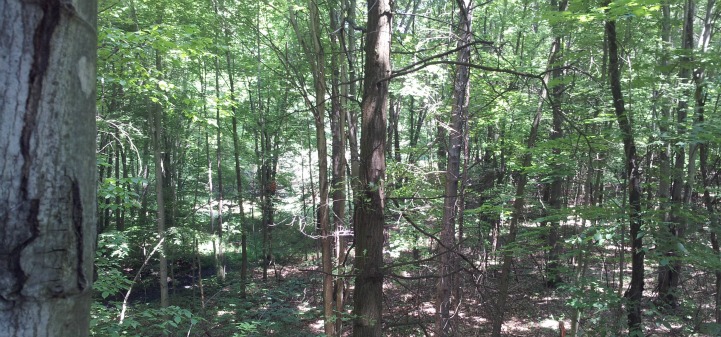
Figure 1. Monitoring your forest starts with walking through it.
Written by Eli Sagor, University of Minnesota
Importance of forest health monitoring
Early detection of new local forest health threats will be important. A changing climate will make trees and woodlands more stressed, and that stress will make them more vulnerable to widespread mortality from insect and disease threats.
Because the specific insects and diseases likely to invade are not always known, it’s important that woodland owners carefully monitor conditions in their woods. In addition, attention must be paid to the encroachment of other plant species, whether native or exotic, as these species will compete with established trees and plants. This will come naturally to most woodland owners. As a group, they’re deeply committed to land stewardship.
The last thing they want to do is be a source of problems for their neighbors. If, for whatever reason, a new insect or disease outbreak first becomes established on their properties, they’ll want to nip it in the bud rather than allowing it to spread onto neighboring properties.
Here’s what to watch for:
- Signs of stress. Warming temperatures are likely to stress trees that are adapted to cooler conditions. Depending on how local conditions change, stress may manifest itself differently in different stands. Where conditions are hotter and drier, trees may experience reduced growth, some dieback high in the crown, and early fall leaf color change. Where conditions are wetter, dieback is less likely, but growth will still be reduced. These changes will affect trees of different ages and species differently.
- Evidence of new insect and disease outbreaks. New outbreaks may have more intense and widespread effects where woodlands are in a stressed condition. If you see evidence of stress, look closely for signs of insect and disease outbreaks. Different insects and diseases are present in different areas, so you’ll need to familiarize yourself with the major threats in your area. For example, gypsy moth and emerald ash borer are both moving throughout eastern forests. At the leading edges of these invasions, landowners need to report new outbreaks quickly to slow the spread and contain new outbreaks.
- Invasive plants. New exotic invasive species will further disrupt normal ecosystem function, exacerbating climate-related changes. Many invasive species like garlic mustard and buckthorn can thrive under a wide variety of conditions. Some native tree species can only thrive under a relatively narrow range of conditions. Changing climate may displace some natives, creating growing space that will be filled by invasives.
What to do if you find a new outbreak
The first thing you should do is identify the insect or disease that you’re seeing. The two best sources of help in identifying insects, diseases, and invasive species are your local Cooperative Extension office and the nearest office of your state’s natural resource agency. Some states have insect and disease diagnostic Web sites that can help. To find diagnostic Web sites, try using a search engine for terms like tree, forest, insect, disease, diagnostic, identification, and the name of your state.
Once you know what insect or disease you’re dealing with, learn more about it. Is it likely to kill trees or just weaken them? Most defoliating insects, for instance, rarely kill trees despite the alarming appearance of a defoliated stand. If the threat you’ve found is likely to kill trees and spread to adjacent stands, what are your control options? If you’re successful, how likely is a repeat infestation next year?
You’ll obviously want to balance the priority of controlling new threats to your woodland’s health with the expense and likelihood of long-term success. Be aware that in some states and in some years, cost-share assistance may be available to help eradicate woodland stands infested with certain insect and disease threats. Your local Cooperative Extension or state natural resource agency is the best point of contact for more information.
Frequent monitoring is so important because the earlier you catch most outbreaks, the cheaper they will be to control and the greater your chance of long-term success.
In summary
As the owners of about 60% of the nation’s productive woodlands, families and individuals have an important opportunity and responsibility. Careful forest health monitoring and prompt action to deal with emerging forest health threats will help landowners become part of the solution rather than a source of forest health problems for their neighbors.
Related to Monitoring Woodlands for Climate Impacts:
- Management Strategies for Family Forests
- Adaptive Forest Management Strategies
- Climate Change Resistance Strategies for Forests
- Climate Change Resilience Strategies for Forests
- Climate Change Facilitation Strategies for Forests
